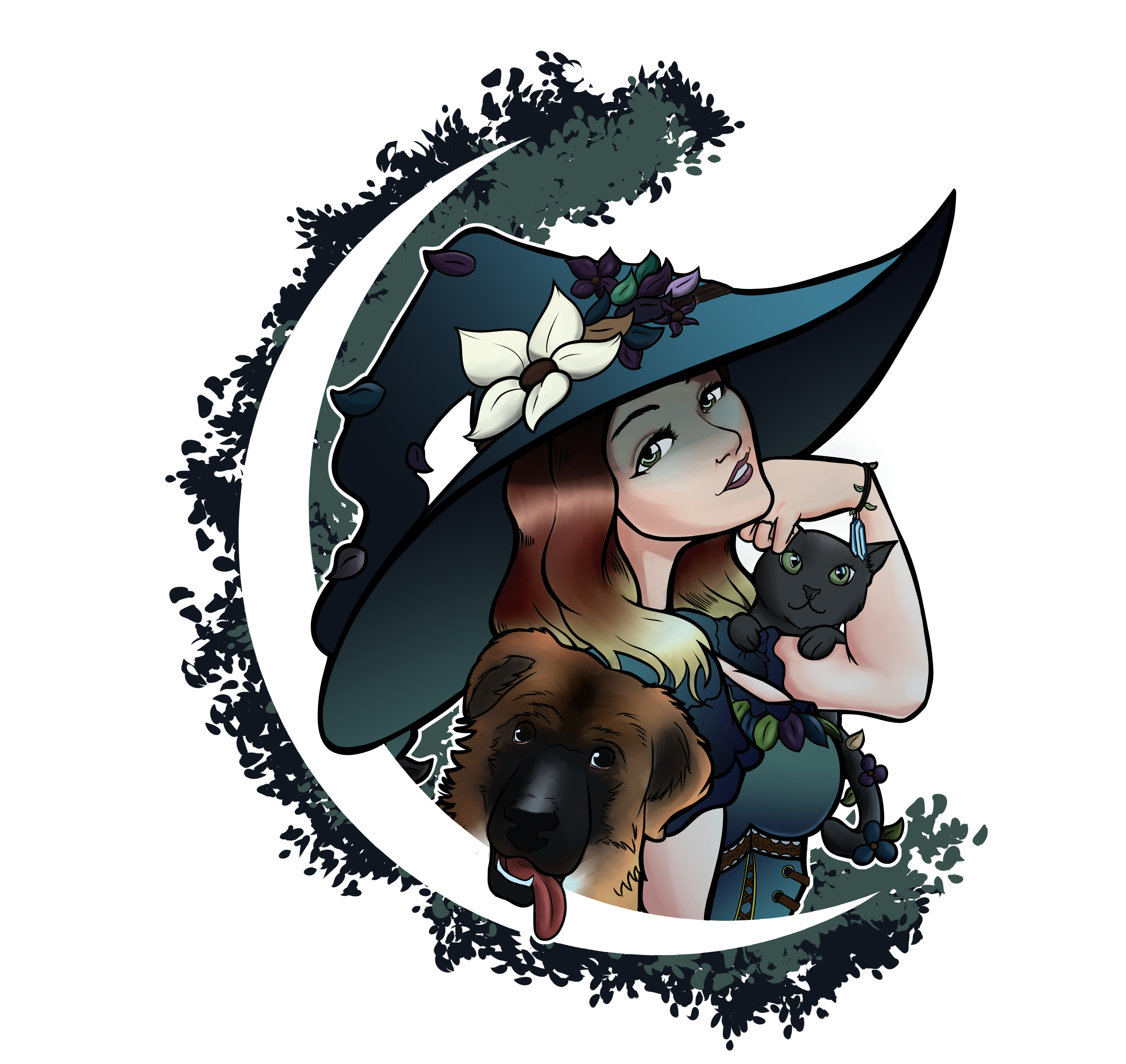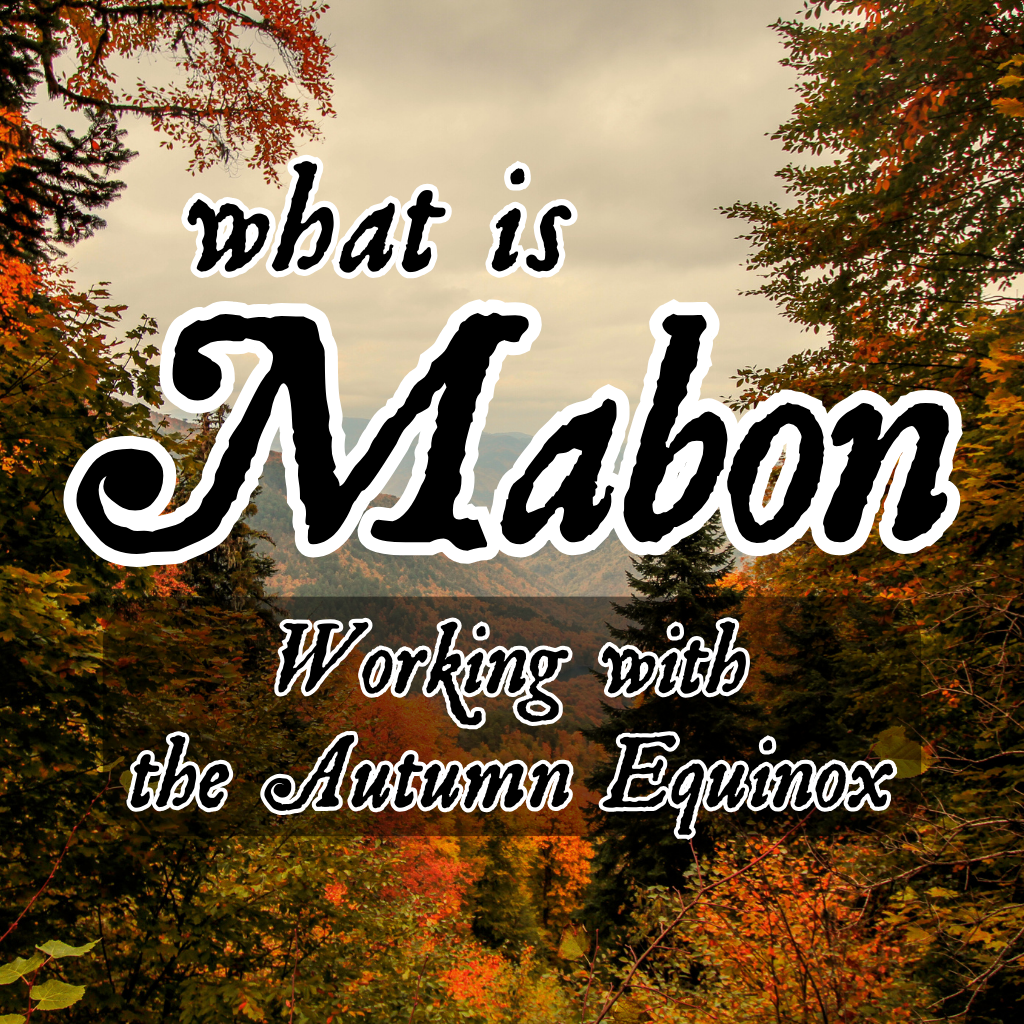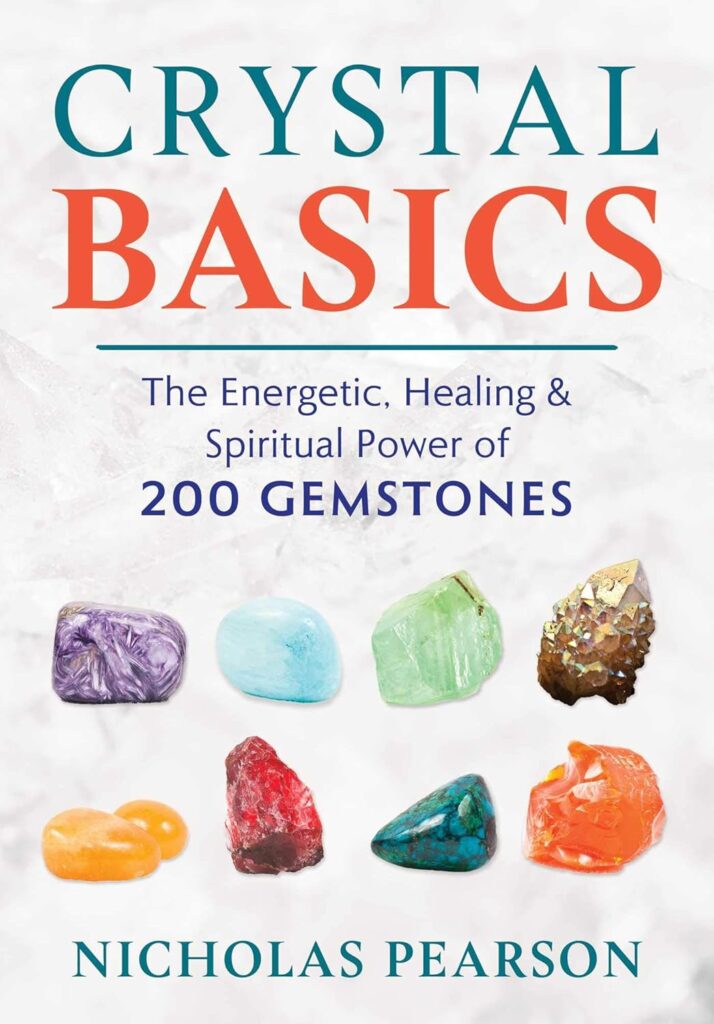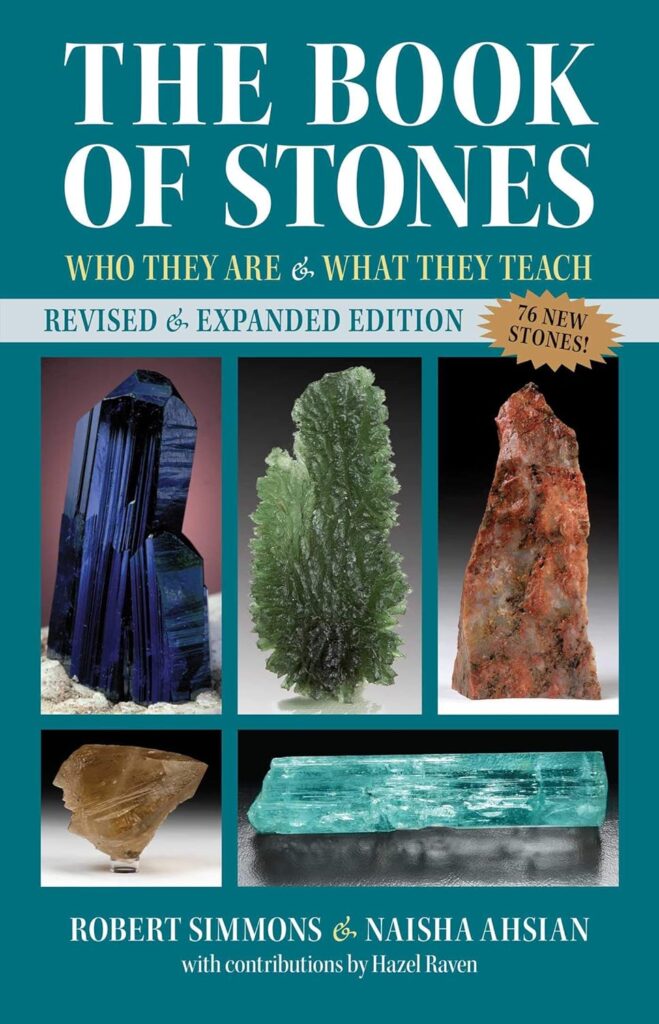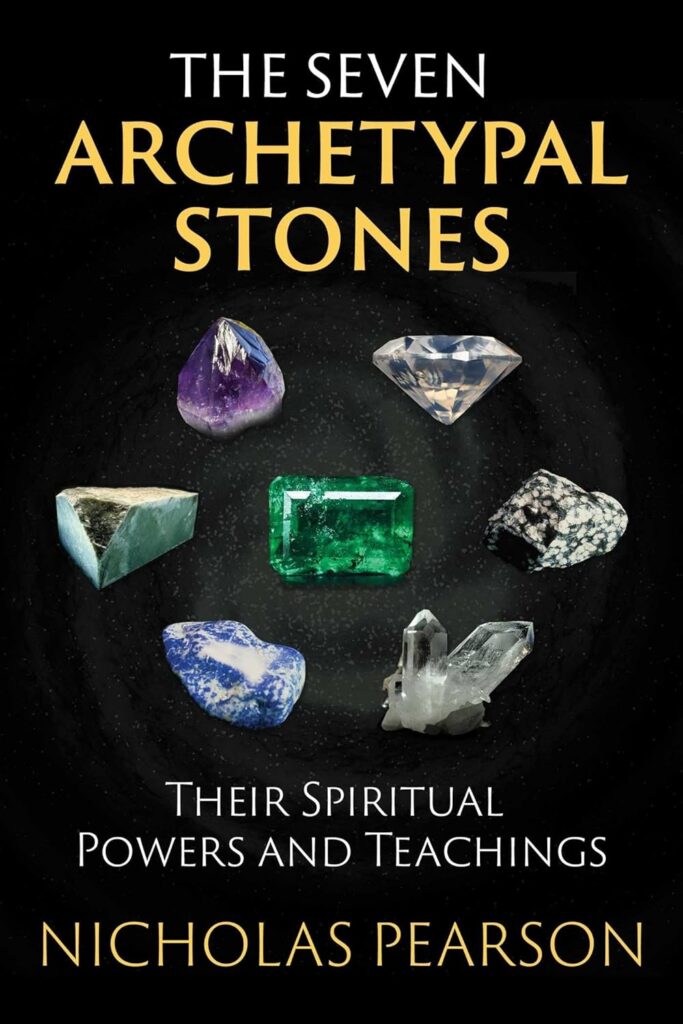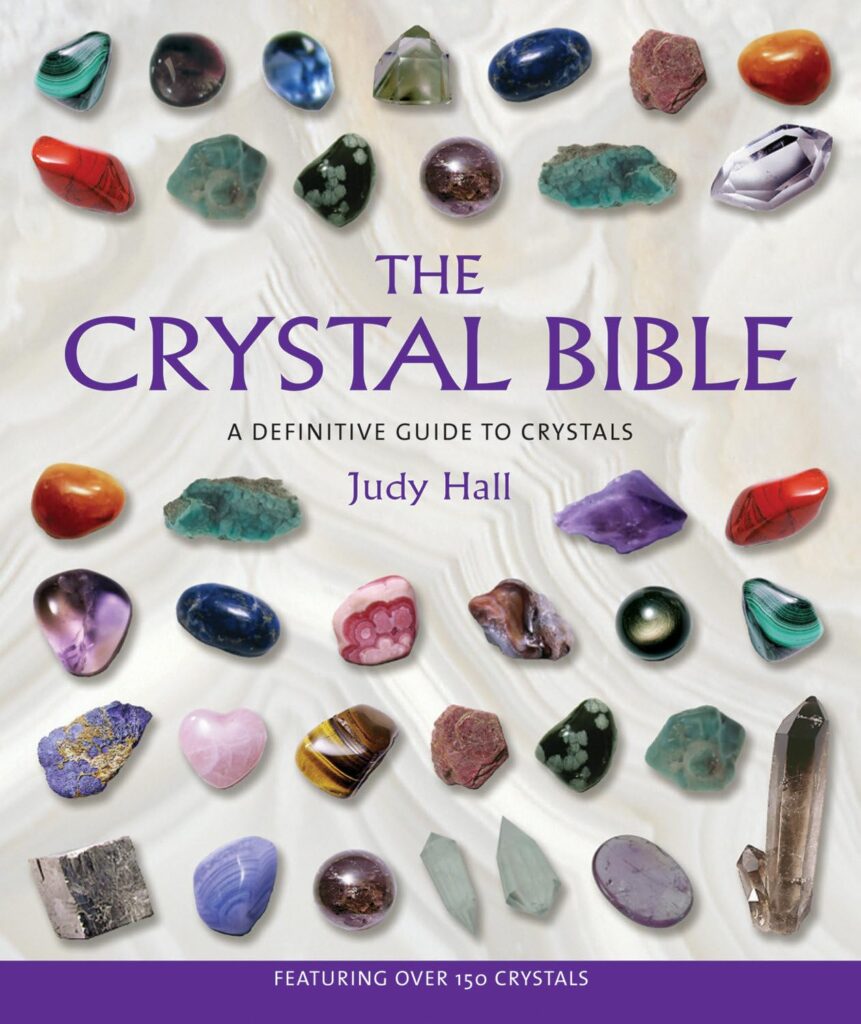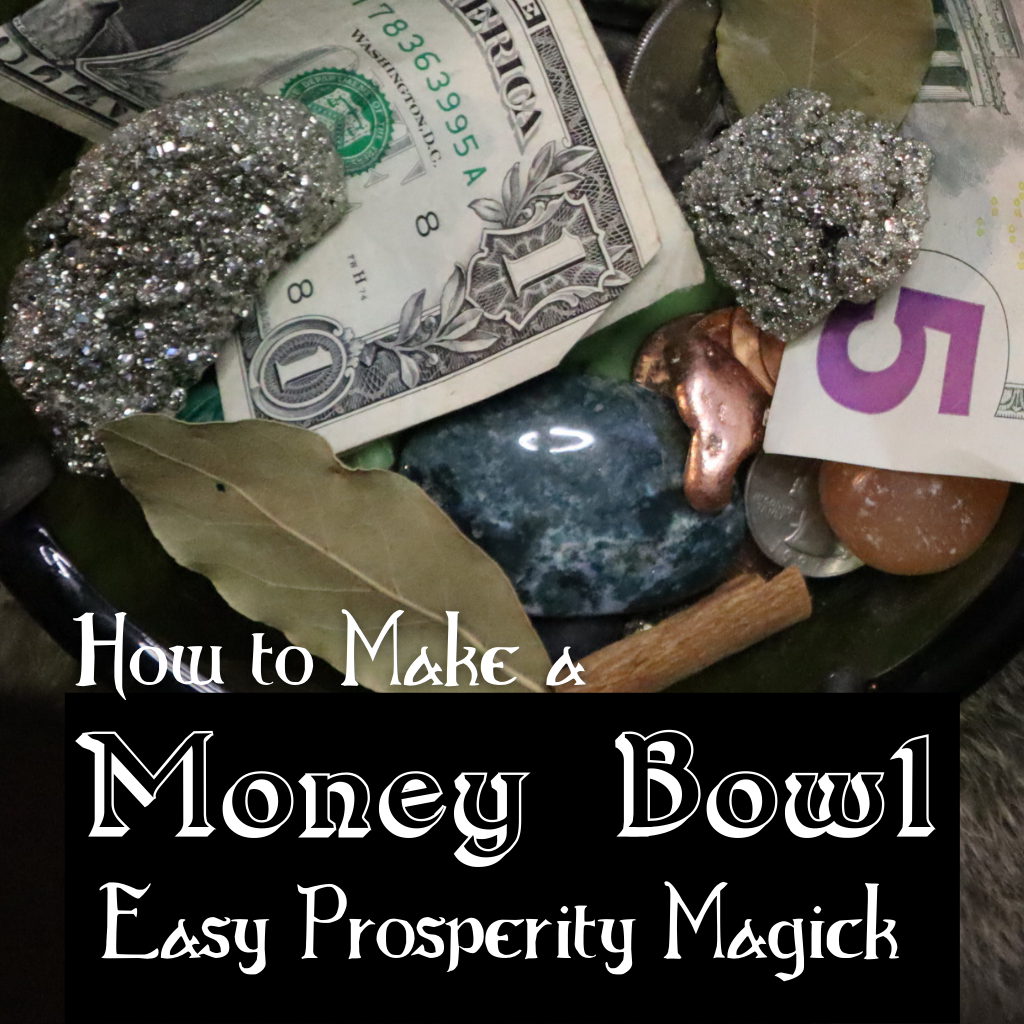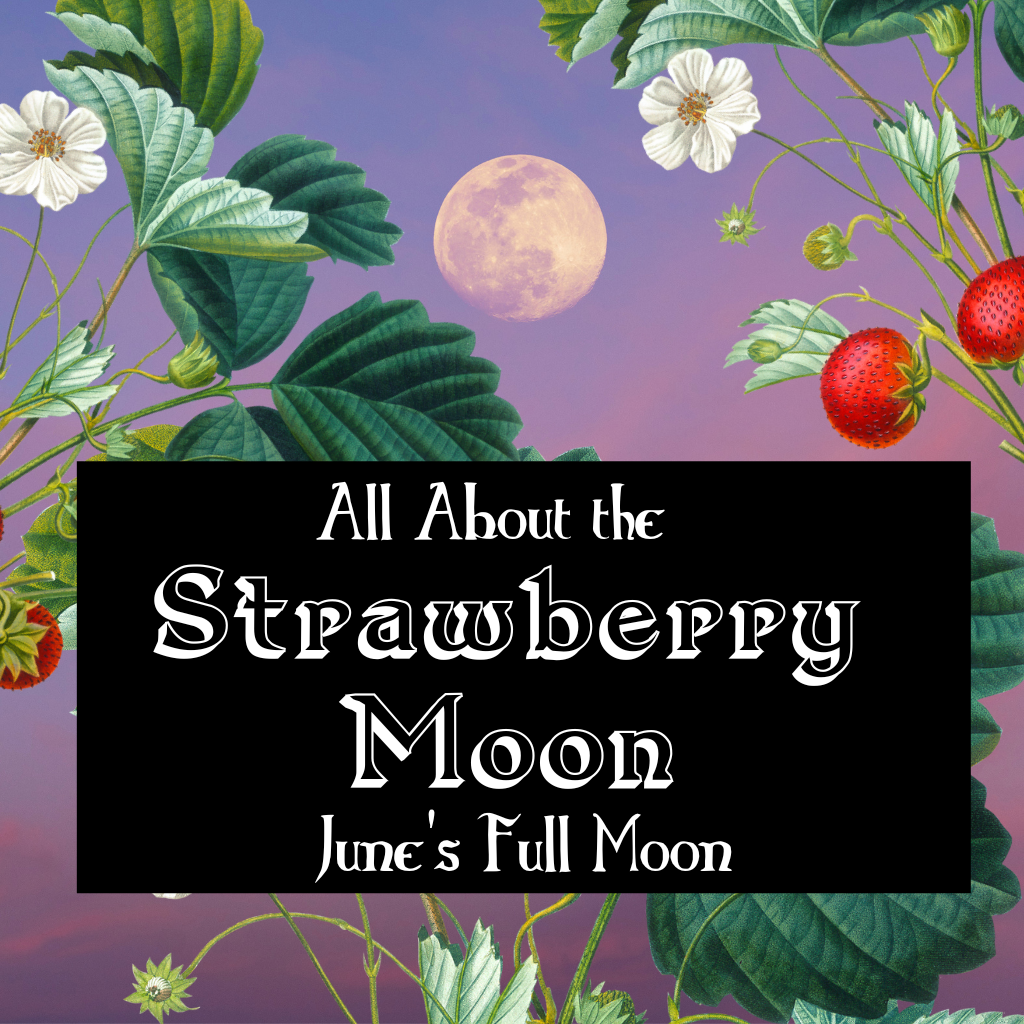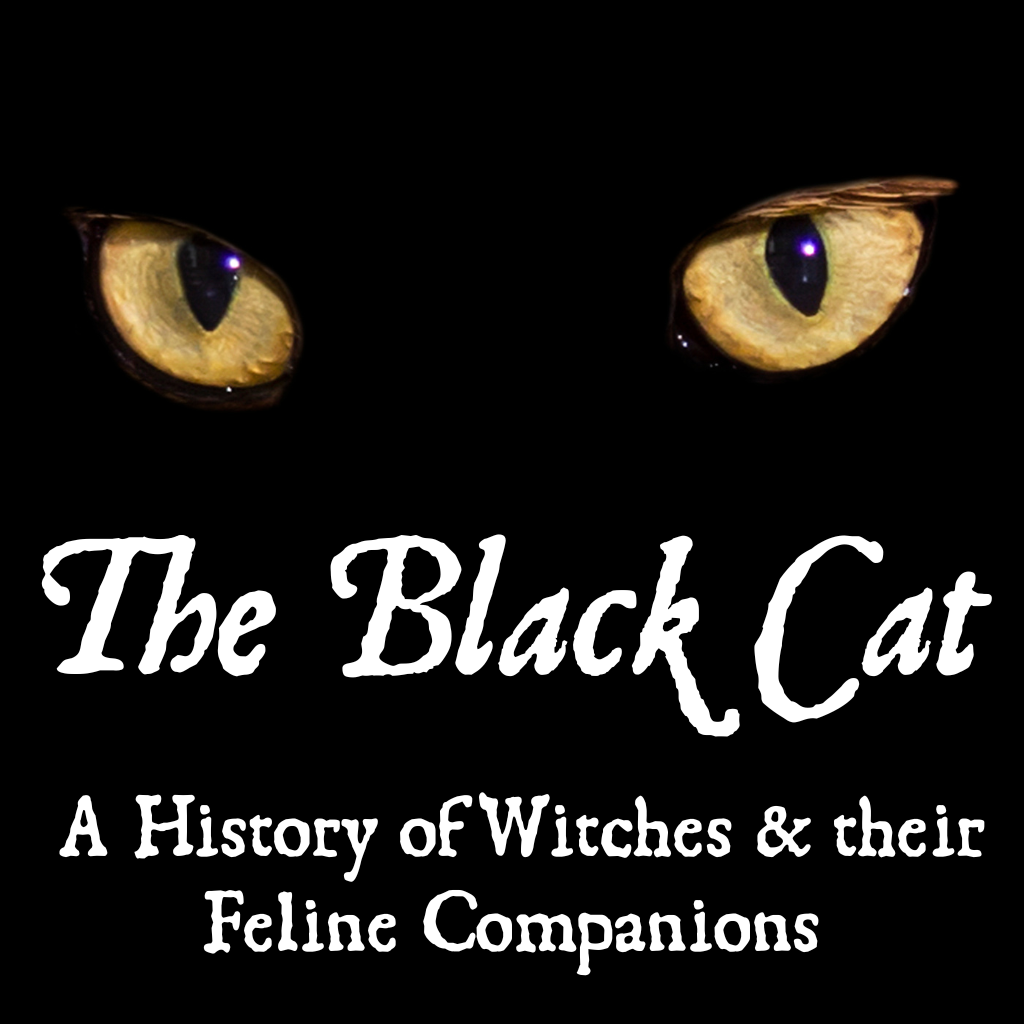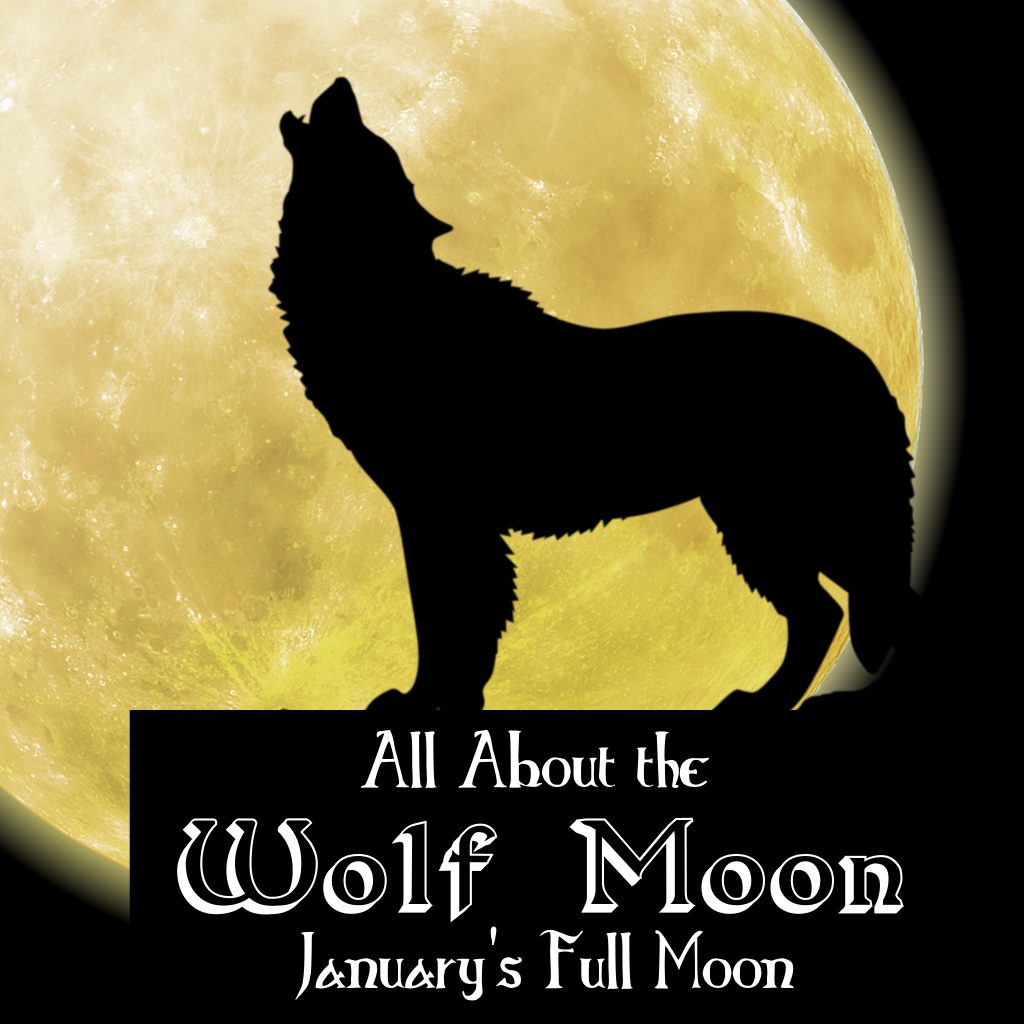Learn all about how to work with the energies of the Autumn Equinox. Discover the origins, correspondences, and magickal workings of the sabbat Mabon.
This post may contain affiliate links and I may earn a small commission when you click on the links at no additional cost to you! Thank you in advance for helping to support the site.
What is Mabon?
Also known as the Second Harvest Festival, Mabon (pronounced mah·bon) takes place during the Autumn Equinox which lies between September 22nd-23rd in the Northern Hemisphere, and March 20th-21st in the Southern Hemisphere. This is the day when our hours of light and dark are perfectly equal, and the halfway point between the Summer and Winter Solstices. Mabon is also one of the eight sabbats on the Wheel of the Year, and represents balance, harvest, gratitude, and preparation for colder times ahead.
While this sabbat’s name is connected with that of a Welsh hero, Mabon (often associated with the deity Maponus), the holiday itself doesn’t have anything to do with the hero. Mabon as a sabbat was actually named by Aidan Kelly, a Wiccan writer and academic, in 1974. When Kelly was tasked with creating a “Pagan-Craft” calendar, he decided to come up with aesthetic Gaelic names for the equinoxes & solstices to match those of the Celtic Fire Festivals. Mabon was chosen as the name for the Autumn Equinox because of being a Northern European hero; who’s myth is similar to those of Demeter searching for Persephone in the Underworld, and thus the seasons changing. In this blog Kelly goes into depth on his his reasons for choosing this name (and others such as Ostara).
Other Names & Similar Celebrations
- Autumnal or Autumn Equinox
- Second Harvest Festival
- Michaelmas
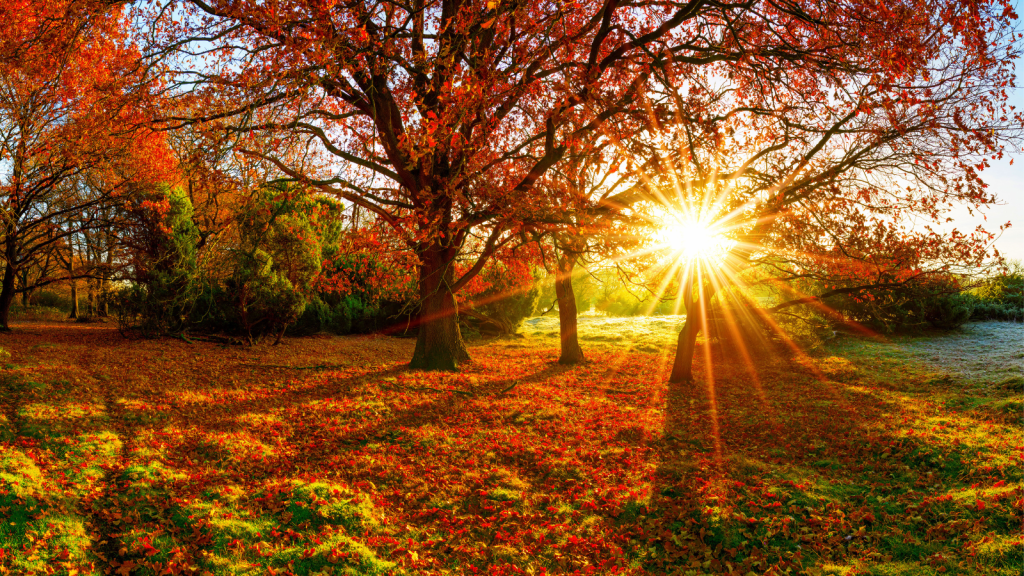
Common Mabon Traditions
Crafting Corn Dollies: you can make what is known as a “corn dolly” from any plant material however corn husks or wheat tend to be the most common ingredients to utilize. Magical Crafting on YouTube has this brilliant video on how to make one yourself!
Participating in the Harvest: in the past it was all hands on deck during harvest season, but even in the modern era you can get your hands to the earth and participate in bringing in some seasonal edibles! Try finding a “you-pick” apple, pumpkin, or even flower farm near you, or if you’re feeling adventurous (and willing to research!) look for some seasonal wild foragables.
Feasting: Mabon, being one of the three harvest festivals, is even more heavily associated with food than those sabbats on the other half of the year. Try creating some new dishes made from seasonal foods, and share your bounty with friends and loved ones!
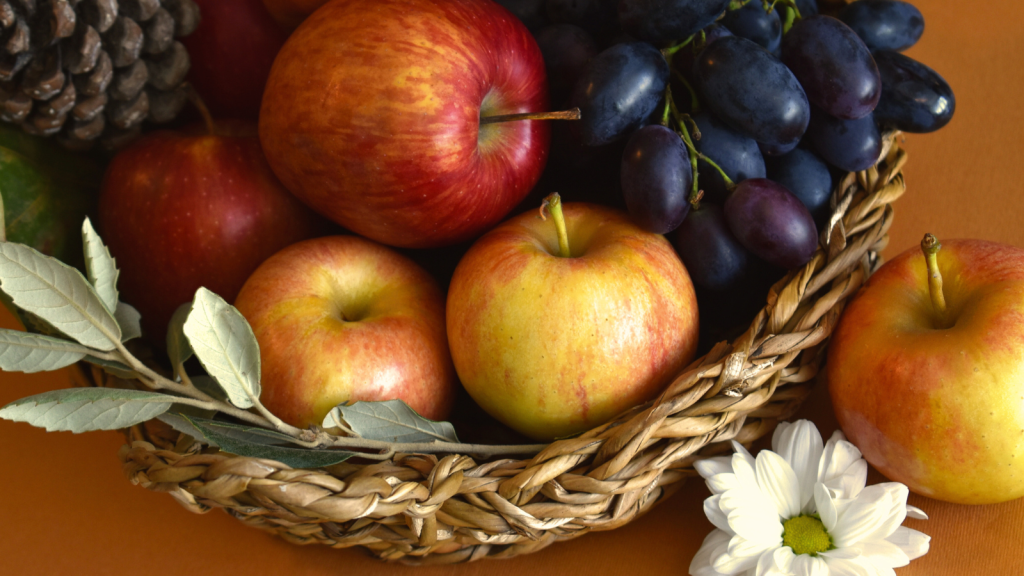
Mabon Correspondences
Colors
- Yellow
- Gold
- Orange
- Red
- Green
- Brown
- Black
Crystals, Minerals, & Metals
- Citrine
- Amber
- Tiger’s Eye
- Obsidian
- Sapphire
- Smoky Quartz
Animals
- Crows
- Owls
- Wolves
- Bears
- Salmon
- Eagles
- Deer
- Geese
Trees
- Oak
- Maple
- Apple
Herbs & Plants
- Apple
- Cinnamon
- Mugwort
- Rosehip
- Rosemary
- Sage
- Yarrow
Food & Drink
- Cider
- Apples
- Corn
- Squash
- Pumpkin
- Breads & Baked Goods
- Grains
- Root Vegetables
- Beer
- Wine
- Mead
- Apple Juice
Deities
- Bacchus
- Dionysus
- Persephone
- Demeter
- Hades
- Maponus
- Banbha
- Gaia
- Ceres
- Dagon
- Cerridwen
- Mercury
- Pachamama
- Inanna
- Freyja

Ideas for Magickal Workings
-
- Hearth Magick
-
- Kitchen Witchery
-
- Home Protection
-
- Balance
-
- Releasing Negativity
-
- Releasing Bad Habits
-
- Prosperity
-
- Shadow Work
-
- Abundance
-
- Harvest
- Gratitude
Recommended Reading
Don’t want to wait to start your next Witchy read? You try Audible Plus and get two free Audiobooks here!
More on the Wheel of the Year
Pin it for Later
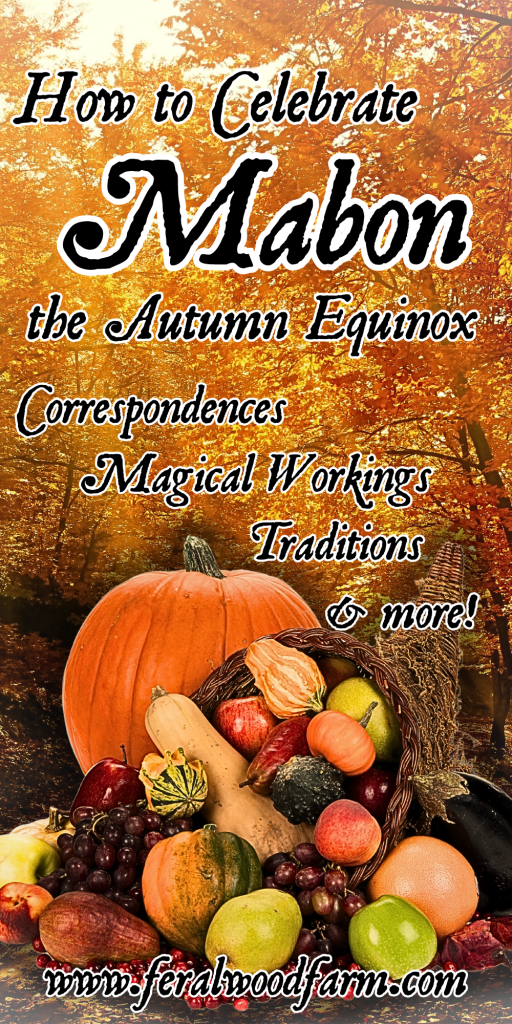
Sources
About Naming Ostara, Litha, and Mabon: Aidan Kelly
About Aidan Kelly: Aidan Kelly
As pagans celebrate autumn equinox, some question why Mabon is its symbolic deity: Heather Greene
Llewellyn’s Sabbat Essentials Mabon: Rituals, Recipes & Lore for the Autumn Equinox
The Modern Witchcraft Guide to the Wheel of the Year
